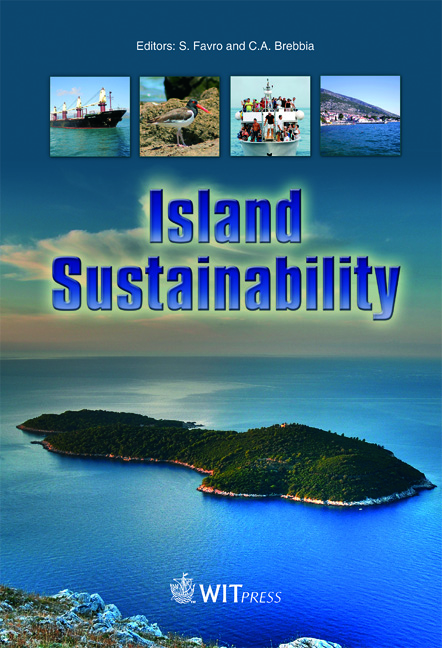Innovative Shore Protection For Island Communities
Price
Free (open access)
Transaction
Volume
130
Pages
12
Page Range
209 - 220
Published
2010
Size
2,920 kb
Paper DOI
10.2495/ISLANDS100181
Copyright
WIT Press
Author(s)
S. J. Boc & E. C. Burg
Abstract
The National Erosion Control Development and Demonstration Program (Section 227) was authorized by the Water Resource and Development Act of 1996 (Public Law 104-303, 110 stat. 3658, dated October 12, 1996) with the goal of fostering development of innovative and non-traditional methods of shoreline erosion control. Sacred Falls State Park on the island of Oahu, Hawaii, was selected as one of the demonstration sites to combat erosion along a section of shoreline that is threatening to encroach upon the state highway. The innovation in shore protection at the Sacred Falls site was chosen to be an offshore reef structure that could be constructed at a remote site with manpower utilizing off the shelf materials and without the use of heavy equipment. Various artificial reef shapes and materials, such as vertical lengths of high-density polyethylene (HDPE) 0.6 m (24 in) pipe, traffic barriers, and large storage units, were considered and tested in an undistorted linear scale of 1:16 (model:prototype) physical model. Modeling efforts focused on determining barrier arrangements best suited to reduce wave heights leeward of the structure. As a result of this 3-D physical model study, and due to their off the shelf nature, the YODOCK traffic barrier in a three pack was found to be a viable option for the conditions at the site. This low cost and effective erosion reduction technology has applicability in emergency and short term situations in shallow water island environments to protect infrastructure. plastic traffic barriers. Keywords: reefs, artificial reefs, shore protection, innovative shore protection,
Keywords
reefs, artificial reefs, shore protection, innovative shore protection





